Media | Articles
Driven: Velocity’s K5 Blazer restomod boasts punch and polish
By now, we’re pretty familiar with Velocity Restorations, the Florida company that refurbishes and modernizes vintage Mustangs, Broncos, and Ford pickups. We’ve previously driven the company’s Ford pickup and Bronco offerings and were impressed by the overall fit and finish of everything from the chassis to the interior. This time we got the keys to the first-ever Velocity Modern Classics K5, the company’s first restomod product with a Bow Tie, and the latest addition to the company’s lineup. So we took this 1970 K5, Velocity’s first, on the same roads where we drove and photographed one of Velocity’s Coyote-powered Broncos last year.
The foundation of each Velocity Modern Classic K5 is an exclusive Roadster Shop chassis, using a parallel four-link and Panhard bar in the front and a triangulated four-link in the rear. Axles are Dana 44 and Dana 60, respectively, with Warn locking hubs up front. Fox coilovers are located at all four corners, as are Wilwood brakes. Like its Bronco counterpart, the K5s use an Atlas twin-stick transfer case, allowing the driver to select high or low range using just the front axle, just the rear axle, or both. Of course, the transfer case also allows both axles to be in neutral, that’s just not as fun.
Always impressive in every Velocity build, the interior of the Blazer was top-notch. The distressed brown leather, with quilted inserts, was a great match for the dark woodgrain dash and was very fitting for the green exterior. The gauges, which appear at first glance to be factory, are from Dakota Digital and feature inconspicuous but easily legible digital displays. The screens can cycle through several presentation options, including speedometer/odometer/gear selector, as well as individual digital readouts of particular engine function like engine coolant or transmission temperature.
Thanks to the suspensions’s four-link’s geometry, the Blazer seemed a bit more planted than the last Bronco we drove from Velocity. The Blazer’s wheelbase probably helped as well; we remember the Bronco rearing back when we got on the throttle and pitching down when letting off the throttle or getting on the brakes. The K5 never lets you forget you are driving a truck, thanks to its burly solid axles and tall tires, but it did feel more like a modern Jeep than a 50-year-old workhorse.Marketplace
Buy and sell classics with confidence
A big part of that modern vibe comes courtesy of the powertrain. When we drove Velocity’s Bronco a year ago, it was powered by a four-speed automatic. The 5.0-liter Coyote in that lightweight Bronco had plenty of torque and we had no complaints with the four-speed. Now, Velocity puts a 10-speed automatic behind both the Coyote and GM Gen-V V-8 engines it offers in its restomods, and the cog-swapper behind the 450-hp 6.2-liter LT1 that we drove performed flawlessly. Just off idle, the big, pushrod V-8 offers a civilized burble and shifts are hardly noticeable. Once the driver demands more power, both the engine and transmission wake up. The V-8s stainless headers and performance exhaust make themselves known and the 10-speed will also hold gears longer, even when you lift off the throttle. The programming is definitely geared more toward the fun end of the spectrum than the conservative, fuel-sipping end that would prefer to upshift to the highest gear possible.
The 6.2-liter LT1 V-8 has plenty of room under the K5’s big hood, and the compact, pushrod powerplant is a contrast to the wide and tall Coyote that seems like it has some cozy quarters under a Bronco’s hood. Servicing the engine and tune-ups should be a breeze with all that access. On the road, the most apparent difference between Velocity’s K5 creation and the average restored truck is how solid it feels. That’s particularly true of the steering—not too quick on-center to feel skittish, the helm is precise and nicely weighted, without a hint of slop. With the top off, wind noise is better than expected, and there’s no buffeting. Granted, we kept our cruising speeds to about 60 mph, since we didn’t hit a freeway on our drive. Still, we expect the added bit of upholstery, placed at the top of the windshield header, helped a bit. Like the Velocity Bronco we drove, the only real noise we heard came from the rear seatbelts. Upgraded to three-point, the roll-cage-mounted belts can flap in the wind. Over potholes, the suspension is firm, but not jolting, without any popping or creaking from the control arms. We were surprised that the aggressive, 35-inch Toyo Open Country mud terrain tires weren’t loud at all. At our 60-mph highway speed, we heard less than a hum, more like a whisper of white noise.This K5, a 1970 model, was essentially the prototype for all future K5 products that Velocity will offer to customers, but this one isn’t for sale. A few customer-ready examples have been built, starting in the $340,000 range. That’s a big price tag, but it undoubtedlty rides and driver better than any factory K5 ever did, with a lot more power and luxury too. If that price is out of the question, but you still want some of Velocity’s upgrades on your K5, the company is now offering seat kits starting at $9995 and complete interior kits that include a center console, door panels, and kick panels starting at $14,995.
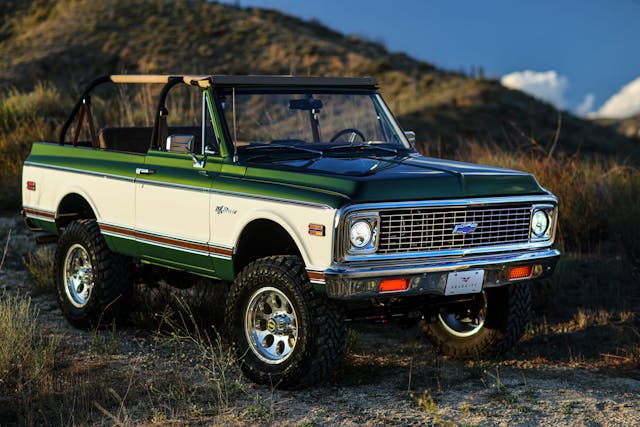
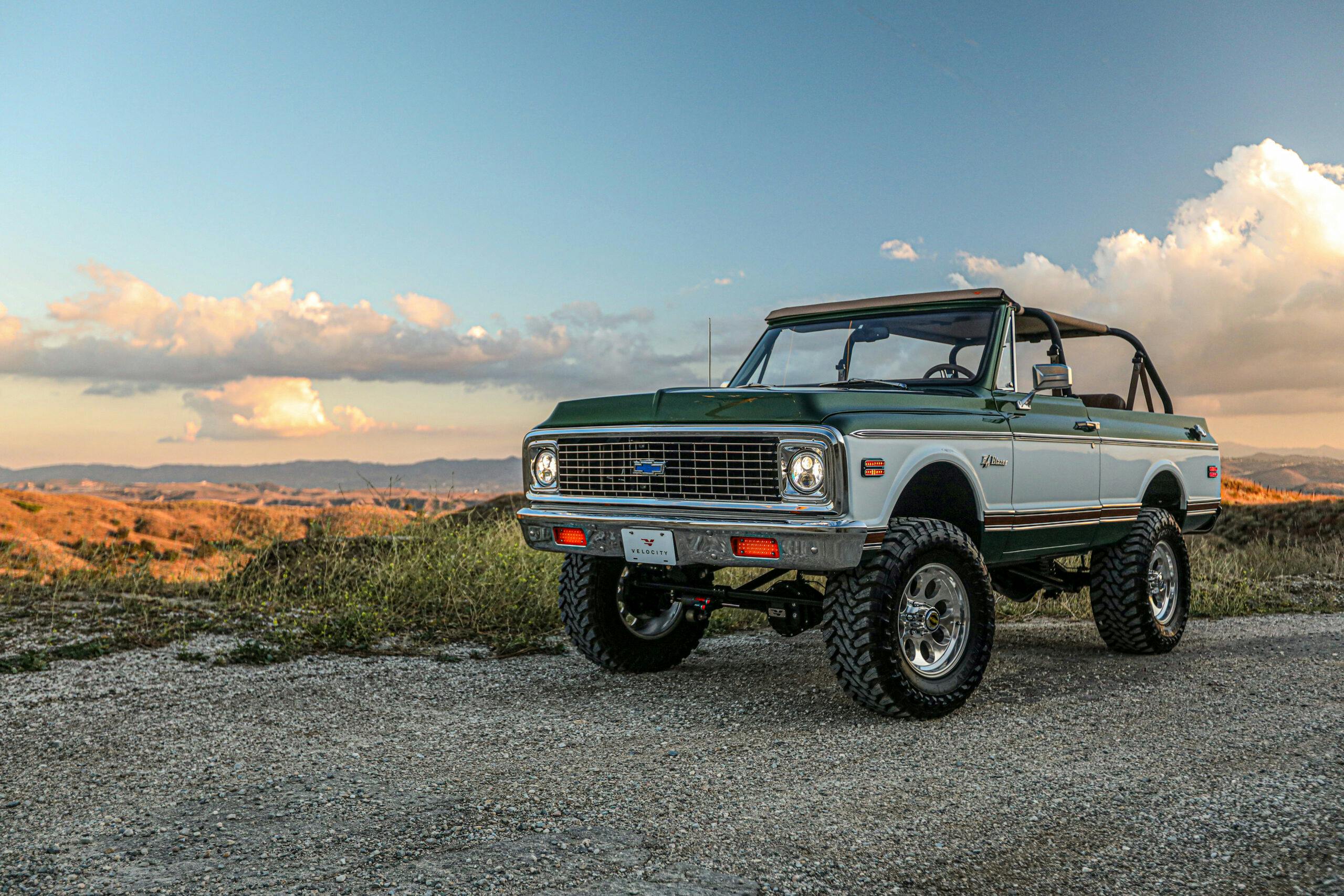
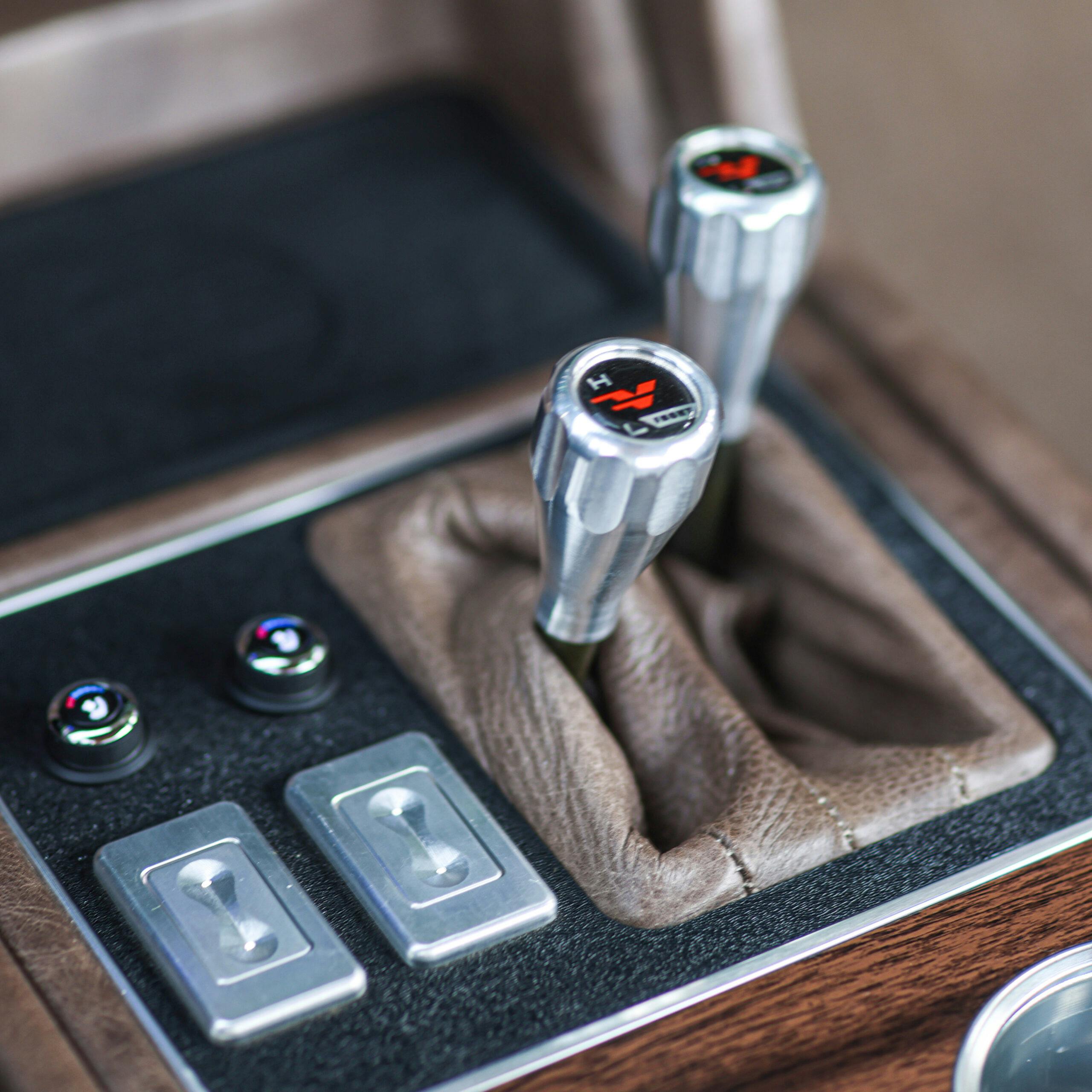

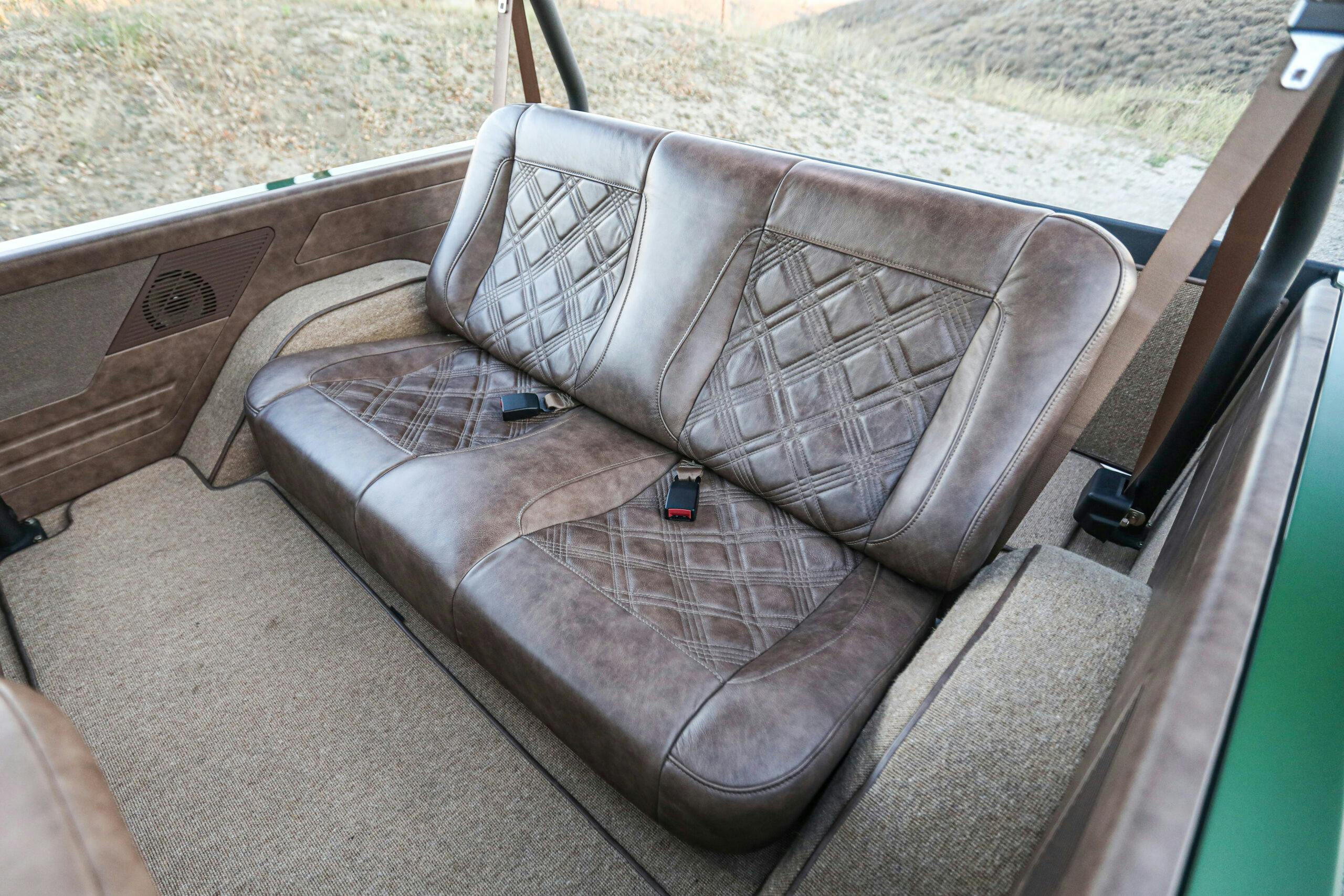
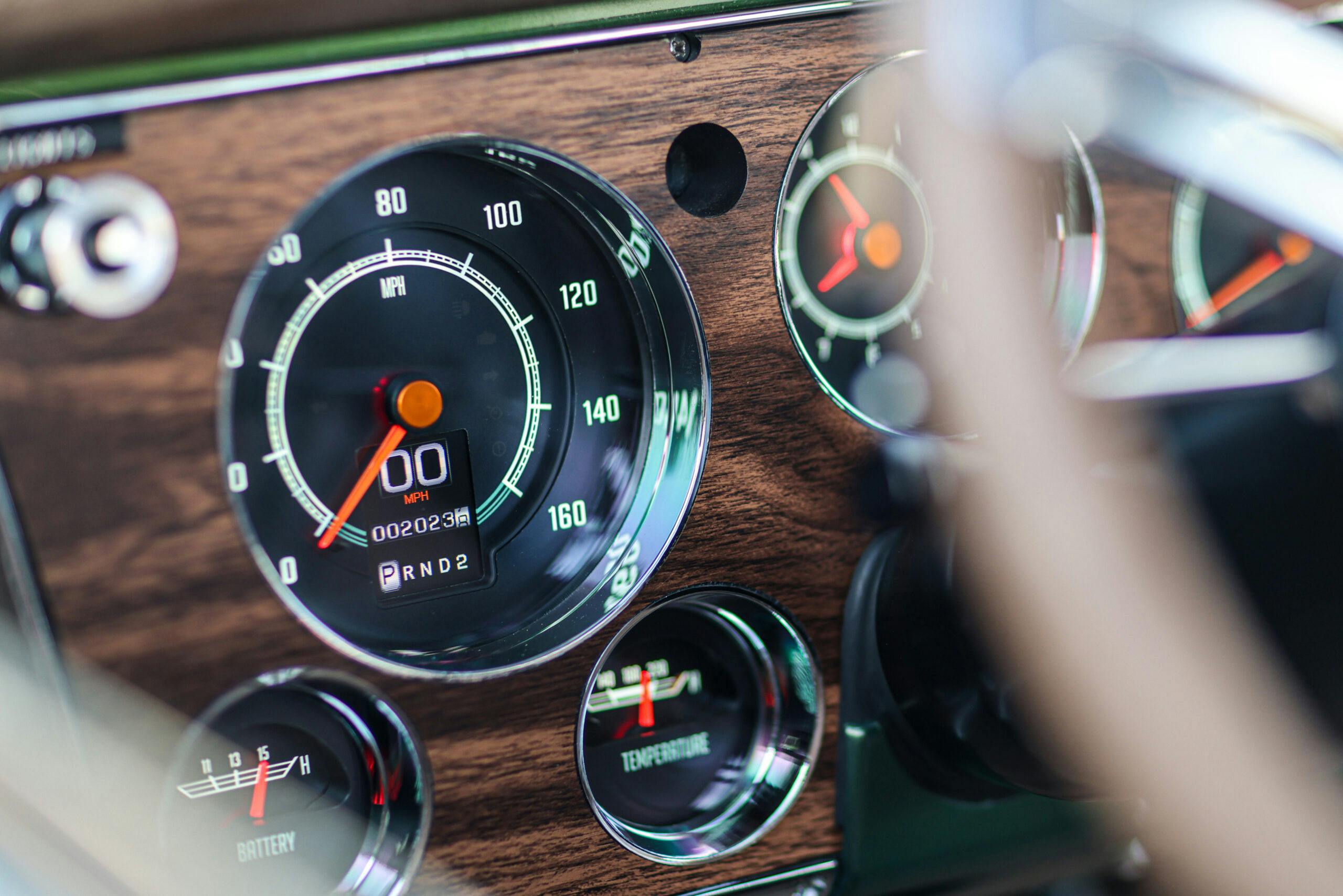









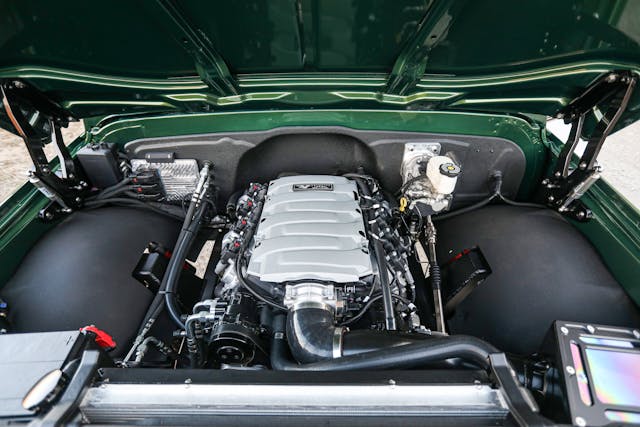
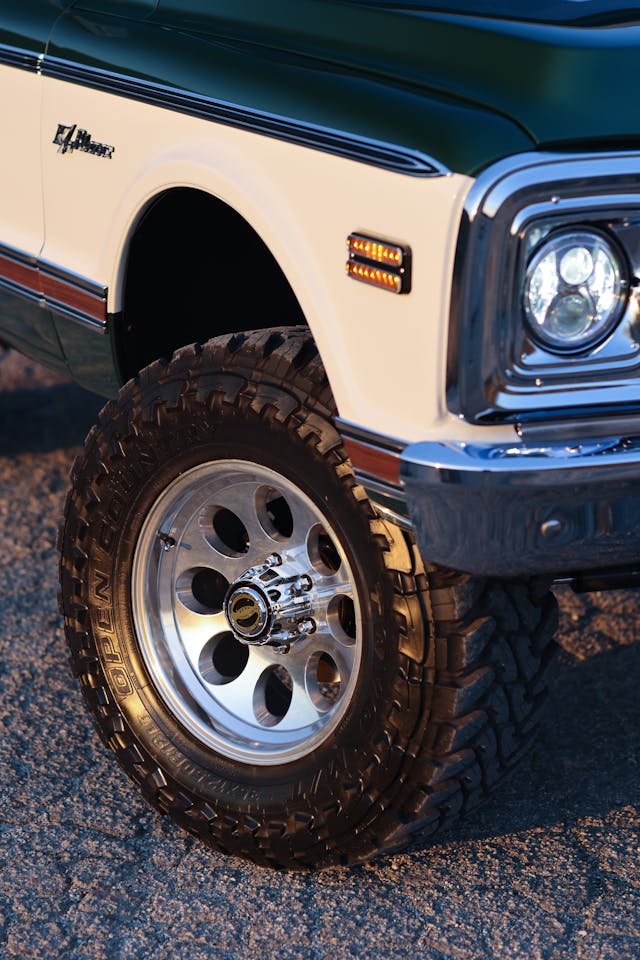
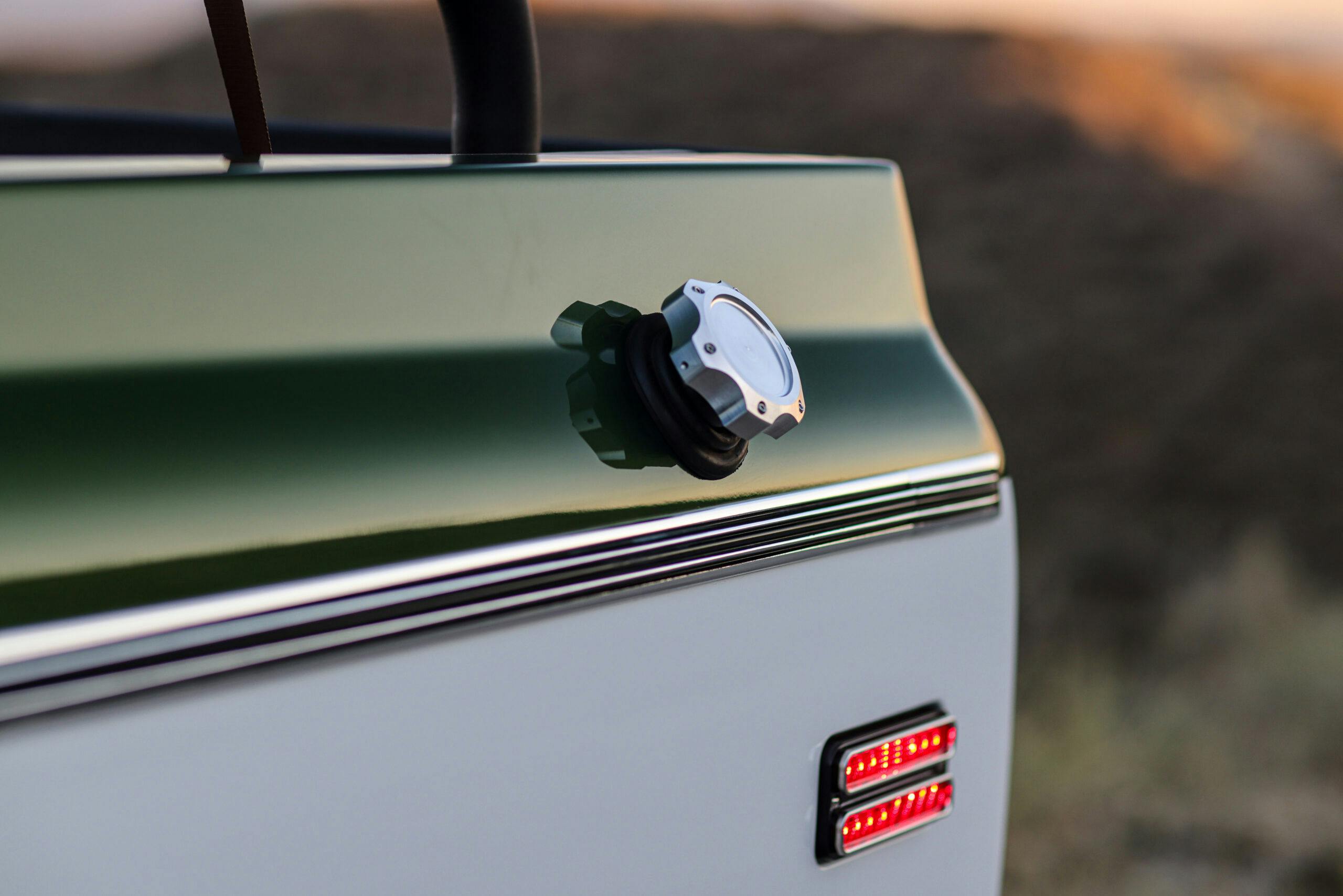
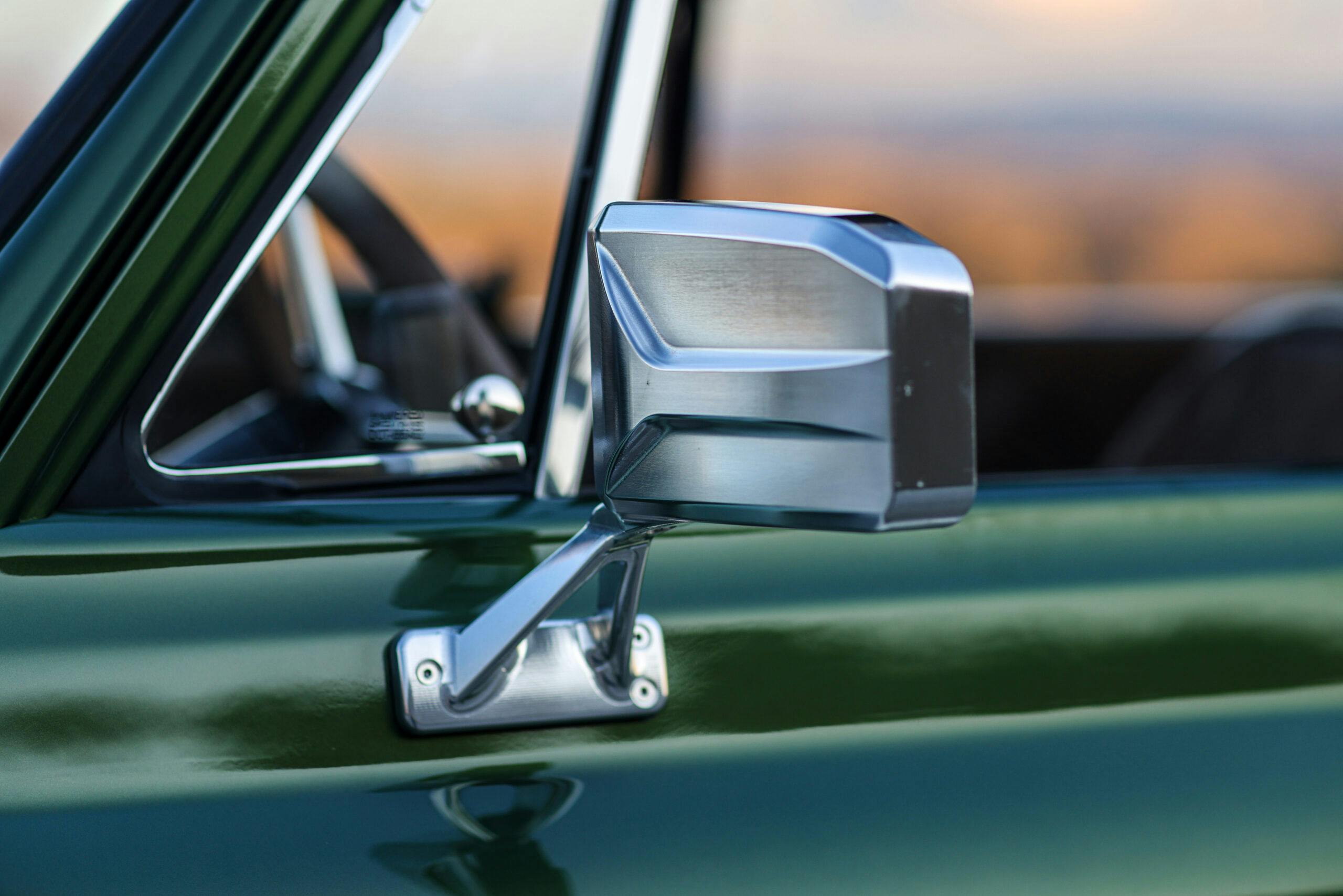













$340k, another nice looking crazy priced restomod for the price of a house.
Yes, guess it’s worth what the market will pay, I’m not that market.